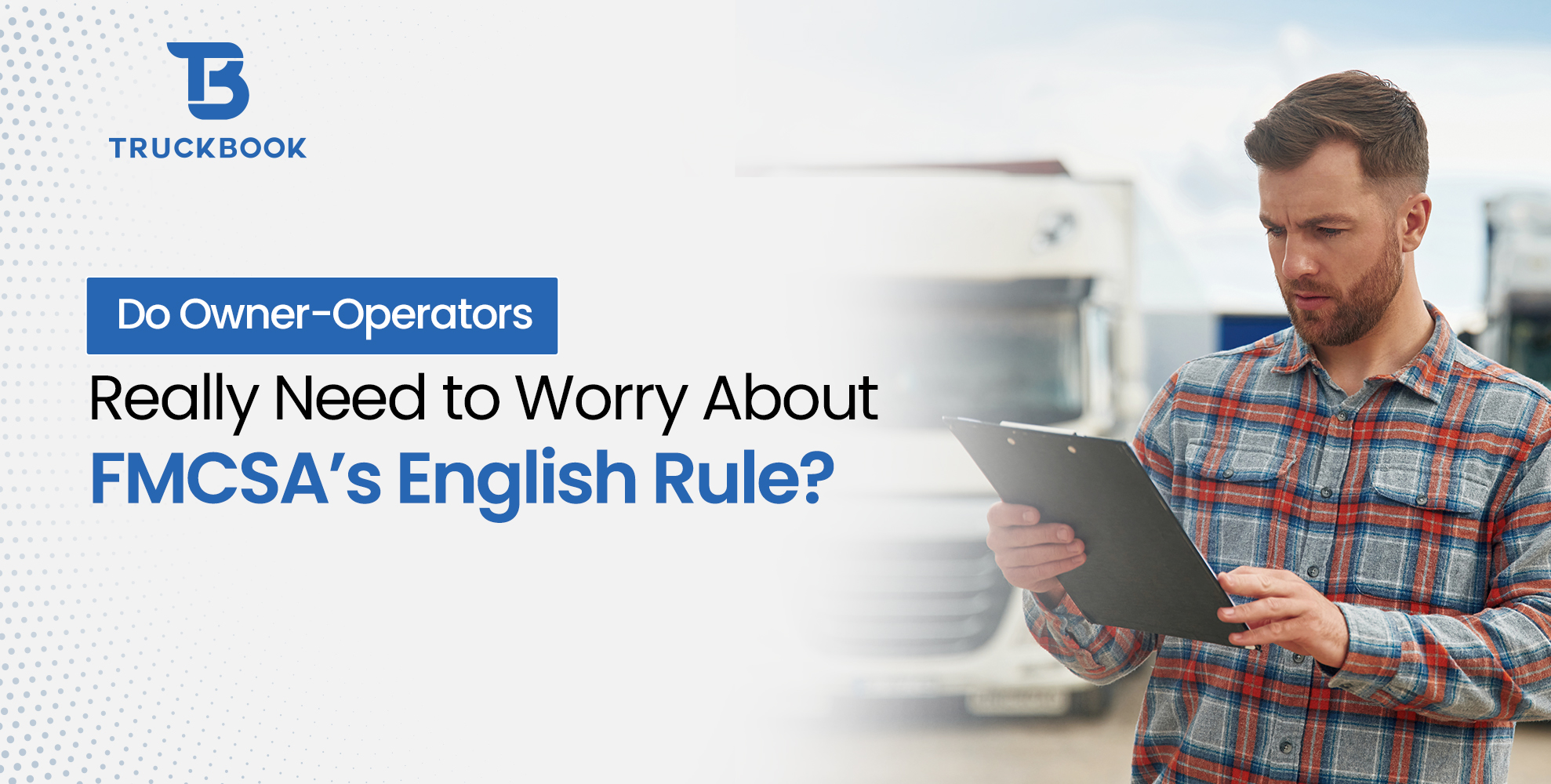What Is Lumper In Logistics?
A lumper is a third-party person hired by a shipper, carrier, broker, or warehouse to load or unload the freight from a truck trailer when it arrives at a warehouse facility. This is done by the truck driver himself or the designated team, depending on the type of freight you haul.
What Is Lumper Fee?
A lumper fee is charged to the carrier when a shipper utilizes third-party workers to help load or unload the trailer contents. Most of you must be knowing, that whenever you reach out to a shipper, they’re going to say, well, we have lumper service, and most of the time, you need to pay a lumper fee when they load or unload your truck. It can be on both the shipper side and the receiver side.
Lumper fees range from $50-$500 depending on the work and hours the truck driver pays at unloading but payment is reimbursed by shippers or freight brokers, so saving receipts is essential to ensure reimbursement.
Why Do You Need To Pay A Lumper Fee?
It would be best if you were questioned in your mind. Aren’t drivers supposed to help unload their own freight? Or should a warehouse have its own workers to load and unload goods?
But did you know? Regarding receiving deliveries from suppliers, not every facility has the right handling equipment and resources to unload freight from trucks. This is where lumper service plays an important role.
While on the other hand, sometimes shippers request standard deliveries where the consignee is required to unload the freight themselves; this is done by the transporter when a lumper service is asked.
When a consignee requests standard delivery, the trucking company is not obligated to unload the freight, while it requires extra caution, time, and resources for possible damage or loss. The trucking company or carrier charges a lumper fee to account for that.
Who Pays The Lumper Fee?
A lumper fee is charged to the carrier when shippers utilize third-party workers to help them in loading or unloading the truck. This fee is often reimbursable to the driver by the shipper or the freight broker. Lumber is often used at food warehouse companies and grocery distributors.
Usually, the new dispatchers get confused. Let’s understand this with an example:
Suppose you took the load from XYZ company; you must have a load number. Before paying an EFS check, you must ensure that the freight broker approves the lumper fee.
It is important because sometimes the lumper fee can be way higher than agreed between the broker, receiver, or customer. So always ensure the broker approves the amount you will pay. If you do not validate the amount approved by the broker, you might pay the difference out of your pocket.
You can directly contact the broker and mention the load number and delivery details, and most of the time, the broker will say would you like us to pay, or are you going to pay? And we will reimburse you with a valid receipt.
How Can The Dispatcher Reimburse The Lumper Fee?
Your driver may pay the fee by cash or using his own card or company card, depending on the agreed payment term.
As a dispatcher, first, you must ensure the driver sends you the lumper payment receipt and a clean bill of lading (BOL) to ensure no damage or loss of goods during shipment.
After that, you can email all the details of your company and the amount paid as a lumper fee and ask to send a revised rate confirmation, including the freight movement rate and lumper fee.
Another scenario can be that your driver calls the broker directly, and the broker gives him a come check. You, as a dispatcher, still need to provide a check receipt to the broker. If you are not going to do that, well they have already paid a fee, but they are going to deduct it from your freight rate.
In any of the above scenarios, you must submit the receipt to the broker to get your fee reimbursed.
What is the Average Lumper Fee?
Depending on various factors, the lumper fee can cost between $50 to $500. The rate is determined by the amount of work and hours the lumper workers have to put in, but it also depends on the contract the lumper service has with a shipper, carrier, or warehouse facility.
The cost is calculated after unloading is finished, so any additional fees for splitting pallets or reloading the trailer can be accounted for.
The average lumper fee is about $350 per service, depending on the freight type and quantity, equipment, and location can affect the price of the lumper service.
But the good news is that lumper fees are negotiable and often reimbursable by the shipper or freight broker.
How to Pay a Lumper Fee?
The lumper fee is always directly paid to the carrier or trucking company once the freight delivery is completed, and it depends on who generates the service for you. Payment is always made either in cash or online translation.
Even If you are an owner operator you are not supposed to pay a lumper fee. It’s the carrier who takes care of it.
With growing technology, we suggest you initiate a digital payment. Some dispatching platforms allow you to pay a lumper fee online after uploading the receipt.
There are several benefits of switching to digital payment:
Optimized Payment and Reconciliation Process
The process is not only fast and safe but secure. It automatically generates a lumper receipt for the driver, broker, and shippers so that any reconciliation is quick and helps ensure reimbursement every time.
Improve Carrier Relationship –
With the growing demand for drivers, it is essential to build a good relationship between carriers and customers. Building a long-term relationship with your carrier companies is not only necessary but a competitive advantage.
Myth Vs. Fact
There are many misconceptions about lumpers, and most of you believe that lumper service is a scam or even illegal. One of the biggest misconceptions about lumper service is that the truck driver pays the lumper fee. This isn’t true!
Instead of viewing lumpers as an unnecessary void that may incur out-of-pocket expenses and extended wait times, there are plenty of arguments on why you should acknowledge lumpers and their work. The fact is- the broker or shippers always reimburse the lumper fee after submitting the receipt. It’s never paid off from the driver’s pocket.
Benefits Of Lumper Services:
Lumpers and their services are a highly specialized industry today!
Here are the three most compiling benefits of lumper service:
1. Improves Operational Efficiency and Productivity
Warehouses have long recognized the advantages of having a lumper service closely tied to their facilities because it improves operational efficiency.
2. Catch Up On Rest
Due to the strict ELD mandates and Hours of Service, having a lumper service to unload the freight allows drivers to rest, have a good meal, and stay connected with their loved ones while saving valuable time.
3. No More Heavy Lifting
Avoid unloading the heavy lifting freight and possible injury. You can ensure that the lumpers unload freight securely to avoid any damage. You may not have access to the proper tools to unload particularly heavy or fragile loads, so you can end up damaging the goods you have hauled carefully so far. Let professionals do their work.
Tips to Request For Lumper Services:
If you find all the points mentioned above interesting and are planning to request a lumper service for your own trucking company or carrier, here are some valuable tips that you can consider to avoid any potential issues.
- Ensure that you have all freight details
- Get a quote from your service provider ahead.
- Share the location and unloading area details with the trucker/carrier.
- Always highlight any potential unloading restrictions.
- Ensure that you have an authorized area for unloading
- Make sure that you or the provider has suitable MHEs
- Provide freight handling instructions to truckers/carriers if required.








